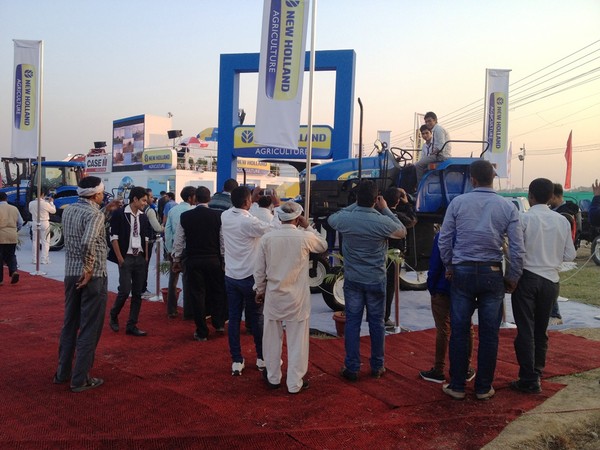
Energy: Italo-Indian cooperation in the biomass sector
The EIMA Agrimach exposition hosted a conference organized by FederUnacoma and Itabia on technologies and strategies for the use of agricultural biomass for the generation of energy. The quantity of biomass available in the country is estimated at 623 million tons with the potential to supply a flourishing energy industry with considerable fallout at the level of creating jobs
Biomass of agricultural origin is a source of vital importance for India. More than 50% of the energy used in rural areas and beyond 40% supplied to urban areas is derived from agricultural and forestry residues. The technologies used for the transformation of these combustible materials into energy are still not very efficient in spite of the high level of technologies now available on the market. As it is, the plants spread around India make use of only 10% of biomass energy potential – which can reach 90% and CO2 combustion emissions could be substantially reduced. These data, which came to light during a specific survey conducted by the Indian Energy and Resource Institute, Teri, the Technology Information, Forecasting & Assessment Council, Tifac, and the National Sample Survey Organization, NSSO, were made public during a workshop on the issue Biomass: A Valuable Resource for Sustainable Development. The workshop was sponsored by FederUnacoma and Itabia, the Italian Biomass Association, and held in New Delhi during the international agricultural mechanization exhibition EIMA Agrimach. According to a study completed by Tifac in ten Indian states, the quantity of biomass available in the country comes to some 623 million tons annually made up of rice and grain residues, sugar cane bagasse, rise, cotton and legume hulls and bamboo residues. India has started up a number of government programs in recent years for the promotion of more suitable technologies for the sustainable use of biomass. These were the issues taken up by the workshop participants including Lidia Szpyrkowicz, Scientific Counsellor at the Italian Embassy in Delhi, Sangita Kasture from the Indian Ministry of Science and Technology biotechnologies department, Neta Sharma, coordinator of the Enea Sahyog Project, Priyangshu Manab Sarma and Piyush Joshi from TERI, Neera Bhalla Sarin and Indu Shekhar Thakur from Jawahallal University and Vito Pignatelli, the Itabia president. The use of biomass for generating energy can, on its own, drive a big energy sector meaning one with a substantial fallout for the creation of jobs. Auxiliary enterprises spun off by the production chains associated with bioenergy are, in fact, capable of generating a number of jobs, with energy production being equal, about 100 times greater than those which would be possible in the fossile fuels sector. The first result of the meeting in New Delhi was the formation of an Italo-Indian work group for the purpose of evaluating intervention priorities for handling the biomass energy isses and developing forms of cooperation for putting Italian know-how at the service of the needs and projects of the Indian subcontinent.








